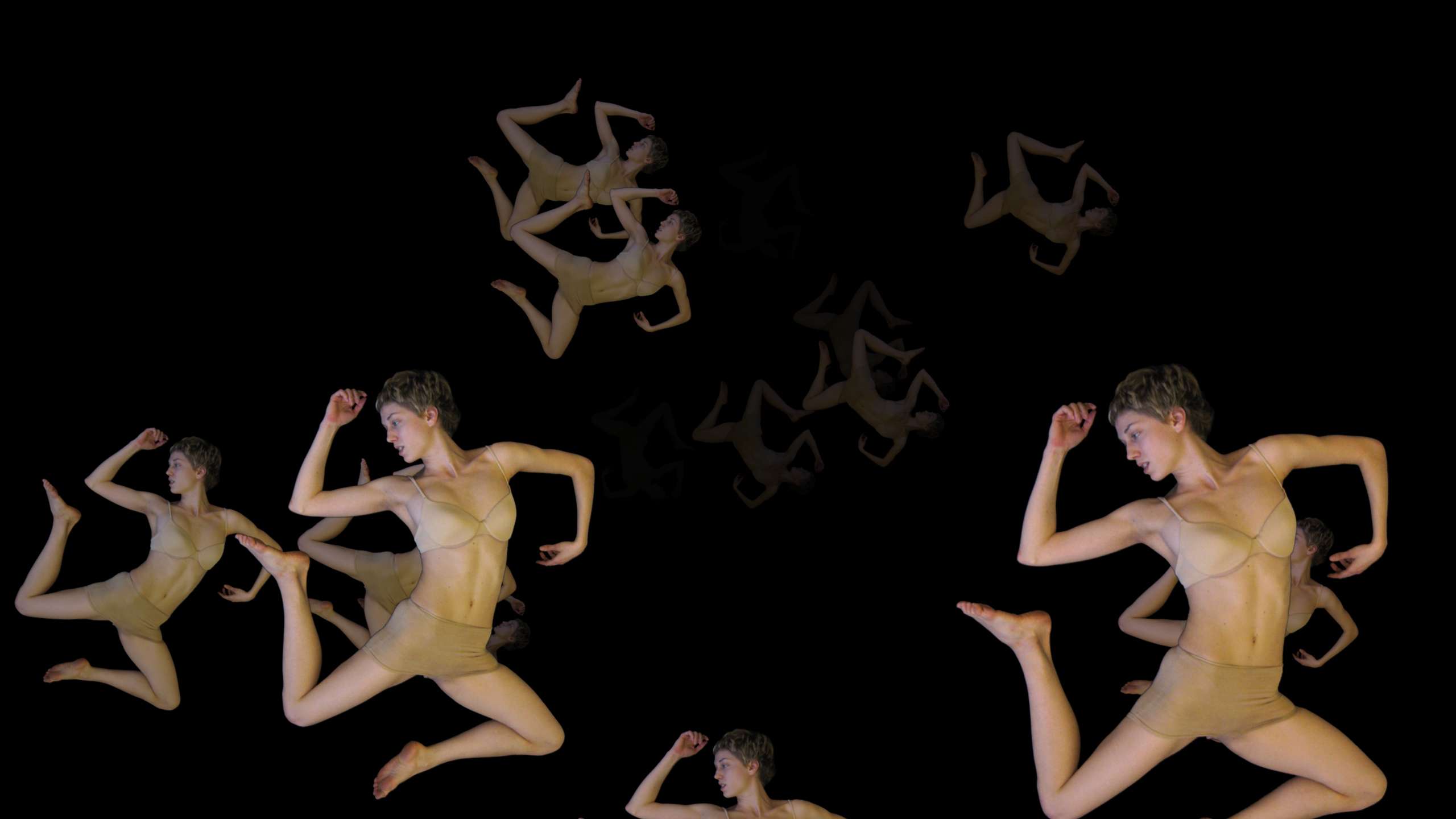|
Back
Rites 3D London
Royal Festival Hall, Southbank Centre
04/23/2011 -
Edgard Varèse: Tuning Up (sketch, completed by Chou Wen-chung)
Gyorgy Ligeti: Lontano
Igor Stravinsky: The Rite of Spring
City of Birmingham Symphony Orchestra, Ilan Volkov (conductor)
Julia Mach (dancer), Klaus Obermaier (concept, artistic direction, choreography), Ars Electronica Futurelab (interactive design, technical development), Alois Hummer (sound design), Wolfgang Friedlinger (lighting design)

J. Mach (© Southbank Centre)
Despite the plenitude – some might say surfeit – of 3D films gracing the cinemas in the last year or so, its use in orchestral concerts and ballet performances is still rare enough to generate a deal of interest. Of course, the fusing of live orchestral music with recorded video is not new, whether it be performances of film scores (e.g. the Philharmonia’s concert of the complete music to 2001 – A Space Odyssey earlier this month) or the multimedia collaborations of Steve Reich and Beryl Korot; likewise, the real-time manipulation of visual imagery in response to music has become mainstream on both the opera stage and in the concert hall. Of course, the melding of orchestral sound and digital imagery may be used to superb effect (e.g. in last year’s ENO/Complicite A Dog’s Life) but also such poor effect that it distracts from or diminishes the music (of which I will refrain from raking up examples).
So, where does Obermaier’s Rites stand? Something of a mixture, I should say. In the Introduction, solitary dancer Julia Mach moves around a black cube-shaped space, her movements being tracked and digitised by stereo cameras. As she traces out the shapes of writing-like symbols in the air, they appear (through the audience’s 3D glasses) in glowing red, floating in the space between the screen and our noses. Mach herself is seen dancing above us in the air while the red symbols whirl around her, increasing in tempo and complexity as the music does – a simple idea transformed through sophisticated use of technology into a beautifully-realised visualisation. While Mach’s dancing was always compelling, however, the visual effects were not. An undulating grid beneath her feet resembled ocean waves as a storm brewed, but also unfortunately resembled dynamic geometry software from school mathematics; the stretching and distorting of Mach’s body was arresting and unnervingly reminiscent of Francis Bacon paintings, but the image of a dancer being menaced by six pairs of her own disembodied legs was simply funny (at a point in the music where I believe humour was not remotely the feeling Stravinsky intended to induce); having the Sacrificial Dance end with the dancer’s body fragmenting and bursting into red flakes blown on the wind was a highly valid interpretation, but Matrix-style green machine code – really?
Although obviously The Rite of Spring was intended as a ballet, the combination of this production and last year’s at the ENO (involving many men, naked or wearing dog masks, jumping and flailing around the stage) inclines me to the view that I enjoy it best as a concert work, where I can give the orchestra the full attention they deserve. The CBSO, throughout the performance, were characterised by great clarity of sound, precision of timing, and all-round excellent musicianship. Principal bassoon Gretha Tuls was deservedly accorded her own bow, but all woodwind solos were very well-delivered. The upper brass also stood out, in some very fine muted pianissimo passages. The polyrhythmic and polytonal layering effects of the work were also brought across clearly, without a hint of the muddiness that can occur in less-than-expert hands.
There were two shorter pieces preceding the Stravinsky, first Tuning Up, Varèse’s delightful exploration of the music growing from the chaotic yet disciplined sound mixture of A=440, perfect fourths and fifths, and fragments of various other works. Ligeti’s Lontano was, for me, the musical highlight of the evening; with nothing particular demanding viewing, I was able to shut my eyes and sink into the weightless, stretched-out textures and unearthly yet surprisingly Romantic harmonic tides. The CBSO strings were on superb form here, from the 1st violins sustaining impossibly pure stratospheric harmonics down to the growling basses; meanwhile, Volkov’s delicate balancing of timbres and intensities produced the effect of sounds swarming towards the audience then receding into space. Although composed in 1967 and presented without recourse to any more recent technology, it sounded as fresh and as contemporary as ever.
Carla Finesilver
|